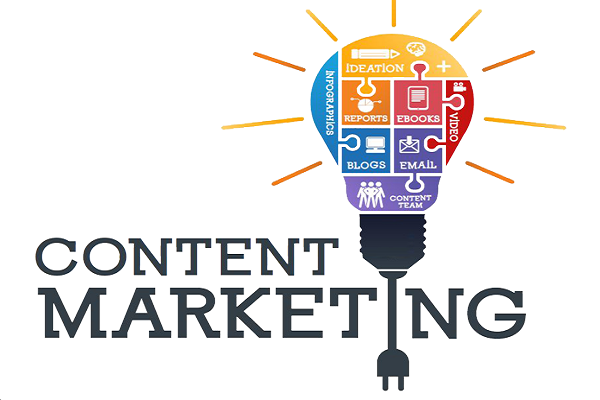Content marketing began to gain popularity with the advent of the Internet. Today, it is not a good idea for companies to operate without a website and pages on social networks - at least on Facebook and LinkedIn, at most, on all the platforms where their target audience is present.
Content marketing is one of the leading areas of Internet marketing, which consists of disseminating information about the brand and building its reputation. In practice, this means working with the company website, maintaining pages on social networks, and interacting with the media.
If you learn how to talk about yourself and do it regularly, your business will have not just customers, but customers-fans who will protect and promote you among their acquaintances.
Content marketing includes:
● Working with the audience;
● Searching for topics;
● Writing a content plan;
● Writing and writing text requirements;
● Promoting publications.
To incorporate content marketing into your project, you don't have to reshape your budget and hire dedicated staff. Working with publications, especially in the beginning, can be built with minimal costs. Also, you can use media transcription services to boost your content. The main thing is to determine the goals you want to achieve with the help of content, the resources you have for this, and which you need to attract, and to develop your media strategy, including a content plan and plans for its promotion. It's a good idea to start with audience research.
Content requirements
Another important task to solve before you start working on the materials is to decide on the requirements for them.
●All publications should be useful - for you (promoting the company brand and increasing sales); for the audience (new and useful information, tips, and tricks); for search engines - if you consider the requirements of search engines and how they work when preparing material, search engines will rank you better, as a result - your site will be in the top lines of search queries, which will affect its attendance.
●Be careful with the headlines - they should be specific and promise a benefit (not necessarily monetary) to the client. This will influence the person to click on the link and read the material. Avoid overly long headlines, headlines with obscure terms, rarely used, and therefore little-known acronyms. Make the emphasis informative and useful. Try to come up with each material with at least 5 different titles, so there was an opportunity to choose the best.
●The content of the article should match the title, and be well written and designed (quotations, endnotes, subheadings, highlighting). If the user likes the material, he will share it in his social networks, and as a result, you will get if not new customers, then a new audience for your brand.
●Materials exceeding 1500-2000 characters in length should be divided into subheadings, broken down by quotations and illustrations.
●Be sure to think about the illustrations. Make a google-drive photo archive, create thematic folders and add photos with information about what's in them, when the picture was taken, and what's the subject. Use special resources for creating infographics - there are many free ones. This will visualize your material and make it more memorable because most users remember visual information better.
●All the facts in the article should be true. If you use someone else's information, don't forget to specify the author and a working link to the resource. Make sure that the links you use lead to valid pages and that the sources you link to are reliable.
When developing your content requirements, think about making it user-friendly for both visitors and search engine crawlers - pay attention to basic text optimization.
How and why to study your audience
You need to know your audience so you can speak the same language with them, understand their needs, and understand what influences the customer at the time they make a decision to buy your product. In terms of content marketing, you also need to know your audience in order to create materials that are useful to both potential consumers and all other people. This will help build a positive image of the company, and in the future, it will help you gain the status of an expert in your topic.
Knowing your audience will allow you to decide on the platform/platform where you will publish your materials, as well as their topics, genres, volume, and pitch.
If you're starting content marketing from scratch, research the target audience for your product as well as the target audience of competing product media platforms.
Based on the information you receive, you can already understand how much of your future content will depend on such parameters as regionality, attitude to finances, new technologies, and expert opinion.
In addition, you will get an idea of which platforms are best to start working on - whether you need to fill the site with content or it is better to throw all your efforts into social networks, and which social networks you should prefer.
To motivate your editorial staff, set simple and clear goals that, when achieved, will result in bonuses and bonuses. This will make people more satisfied with their work.

No comments:
Post a Comment